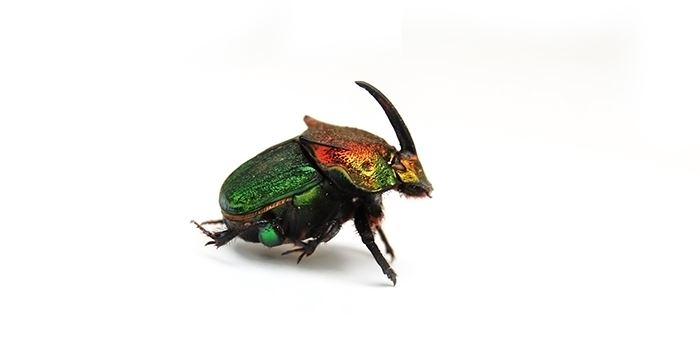Rollin, Rollin, Rollin!

By Karen Menard and Kimberley Thompson
If you are lucky enough on a sunny day to spot a circus performer of a beetle making off with its “loot” on the sands of the Oak Openings, take a moment and observe its hard working antics. The “loot” in this case, equivalent to their definition of a golden nugget, is herbivore or omnivore waste or dung. These so-called “dung” beetles, are all important members of an environmental clean-up crew, tasked with a less-than-appetizing, but critical job, of waste removal and nutrient cycling within our ecosystems.
Affectionately known as “tumblebugs,” in the Genus, Canthon, they manage to achieve daily feats of strength by “tumbling” balls of excrement far across the landscape. Face down, the hard working males catapult their prizes with their powerful back legs, and the females often assist them in their locomotive work. Our northwest Ohio species expeditiously create “food balls” for the adults and also collect “brood balls” during the summer months that will serve as food sources and shelter for their young--the dung beetle’s highest priority.
Spending their lifetime just “rollin,”along, some beetles are actually classified as part of a group called “rollers” that can transport dung balls up to 10 to 30 times their size! So, how does an upside down beetle steering a large ball know where it is going? Scientists have found that these daytime rollers do not use landmarks, but tend to roll in a straight direction and rely on directional cues from the sun. In ancient Egypt, some scarabs were thought to have driven the movement of the sun as they rolled their dung balls in a way that mirrored the suns’ trek across the sky.
Another local species, the beautifully exotic-looking rainbow scarab (Phanaeus vindex), belongs to the “tunneler” group. Unlike rollers, who are transporters, tunnelers quickly burrow their finds under dung piles, pulling waste underground into a secretive space, providing food for their young. Consequently, both rollers and tunnelers capitalize on their unique ability to access protein-building nutrients like nitrogen, which have already been processed, passing through the guts of mammals.
All in all, dung beetles play critical roles in the overall food web and are essential parts of local ecosystems with large browsers, such as white-tailed deer. By acting as a clean-up crew and processing waste, they help return nutrients to the soil. Finding dung beetles locally is a good sign that our restoration and conservation efforts are continuing to sustain these unique insects in action.
Photo: Rainbow scarab dung beetle (stock photo); Video: Dung beetle (Canthon) with white-tailed deer dung; Oak Openings (Karen Menard)
---
Did You Know?
Dung beetles are considered to be the strongest animals on earth for their size.